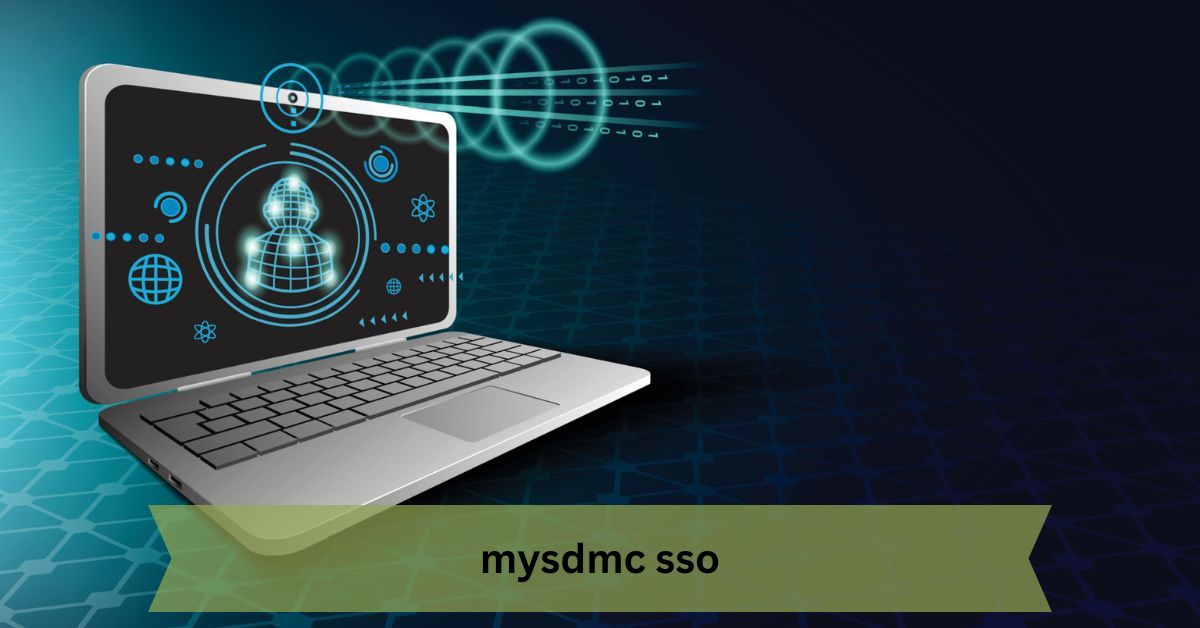Introduction to SSIS 950
In today’s fast-paced digital world, data management is key to running a successful business. Whether you’re a small startup or a large enterprise, the ability to integrate, transform, and manage data is essential. This is where SSIS 950 comes into play. But what exactly is SSIS 950? And how can it benefit your business?
SSIS 950 is a highly potent data management tool that enhances data integration, transformation, and workflow automation. It helps businesses streamline their data processes, making operations smoother and more efficient.
This article will break down everything you need to know about SSIS 950, including its features, benefits, and how it compares to other tools on the market.
What is SSIS 950?
SSIS 950, short for SQL Server Integration Services 950, is a data integration tool provided by Microsoft. It is part of the SQL Server suite and is designed to help businesses manage and automate their data-related tasks. SSIS 950 allows you to perform tasks such as:
- Data extraction from multiple sources
- Data transformation to meet business requirements
- Data loading into destinations for further analysis or use
SSIS 950 is particularly valuable for businesses that deal with large volumes of data from different sources, such as databases, files, and cloud services. By using this tool, companies can efficiently manage their data workflows, ensuring that data is correctly processed and stored in a way that is easy to access and analyze.
Key Features of SSIS 950
To fully appreciate what SSIS 950 has to offer, let’s dive into its key features:
1. Data Integration Across Multiple Sources
One of the standout features of SSIS 950 is its ability to integrate data from various sources. Whether your data is stored in an SQL Server, an Excel file, or a cloud-based platform, SSIS 950 can pull it all together. This is essential for businesses that need to combine data from different departments or external systems.
2. Advanced Data Transformation
Once the data is integrated, it often needs to be transformed to meet specific business needs. SSIS 950 provides a wide range of transformation options, including filtering, aggregating, and sorting data. This means that businesses can ensure their data is accurate, consistent, and ready for analysis.
3. Workflow Automation
SSIS 950 allows you to automate repetitive data tasks, which can save time and reduce the risk of errors. For instance, if your business regularly pulls data from multiple sources and transforms it for analysis, you can set up a workflow in SSIS 950 to do this automatically on a schedule.
4. Error Handling and Logging
Data errors can be costly for businesses. SSIS 950 includes robust error handling and logging features, which allow you to track and resolve any issues that occur during data integration or transformation. This ensures that your data is always accurate and reliable.
5. Scalability
Whether your business handles a few gigabytes of data or terabytes of information, SSIS 950 is built to scale with your needs. As your data grows, the tool can continue to manage it efficiently without compromising performance.
Why SSIS 950 is Important for Businesses
Data is the backbone of modern businesses, and SSIS 950 ensures that this data is well-organized, accurate, and ready for use. Here are some reasons why SSIS 950 is crucial for businesses:
1. Efficiency
By automating data integration and transformation tasks, SSIS 950 significantly boosts efficiency. Employees can spend less time manually handling data and more time analyzing it for insights.
2. Accuracy
SSIS 950 helps businesses maintain high levels of data accuracy. Its built-in error handling ensures that any data issues are flagged and resolved quickly, reducing the chances of mistakes.
3. Improved Decision Making
With SSIS 950, businesses have access to clean, integrated data that can be analyzed to make informed decisions. This data-driven approach can lead to better strategies and improved outcomes.
4. Cost-Effective
SSIS 950 offers an affordable solution for businesses that need robust data management capabilities. By automating tasks and reducing errors, it can save companies both time and money in the long run.
SSIS 950 vs Other Data Management Tools
While SSIS 950 is a powerful tool, it’s not the only data management solution available. Let’s take a look at how it compares to other tools on the market.
SSIS 950 vs Informatica
Informatica is another popular data integration tool. While both SSIS 950 and Informatica offer similar features, SSIS 950 is often preferred by businesses that already use Microsoft products, as it integrates seamlessly with SQL Server.
On the other hand, Informatica is known for its broader range of connectors and is a good choice for companies that need to integrate data from non-Microsoft sources.
SSIS 950 vs Talend
Talend is an open-source data integration tool that is often compared to SSIS 950. While Talend offers flexibility due to its open-source nature, SSIS 950 tends to be easier to use, especially for businesses that are already familiar with Microsoft products.
Additionally, SSIS 950’s scalability and automation features make it a more attractive option for larger businesses.
SSIS 950 vs Apache Nifi
Apache Nifi is a powerful data integration tool, particularly for real-time data flows. SSIS 950, on the other hand, excels in handling batch processing and complex workflows.
For businesses that need to process large amounts of data in real-time, Nifi might be the better option. However, SSIS 950 is better suited for businesses with less frequent but more complex data integration needs.
How to Get Started with SSIS 950
Getting started with SSIS 950 is relatively straightforward, especially for businesses that already use SQL Server. Here’s a step-by-step guide:
1. Install SQL Server Data Tools
To begin, you need to install SQL Server Data Tools (SSDT), which includes SSIS 950. You can download it directly from the Microsoft website.
2. Create a New Integration Project
Once SSDT is installed, open the software and create a new Integration Services project. This will serve as the workspace for your data integration tasks.
3. Define Your Data Sources
In your project, you’ll need to define the data sources that SSIS 950 will pull from. This can include databases, files, and cloud-based services.
4. Set Up Data Transformations
Next, define the transformations that SSIS 950 will perform on the data. This might include filtering, sorting, and aggregating data to meet your business needs.
5. Automate Your Workflows
Once your data sources and transformations are set up, you can use SSIS 950’s workflow automation features to schedule these tasks to run automatically at specified intervals.
6. Monitor and Manage Your Data
After your workflows are up and running, use SSIS 950’s logging and error handling features to monitor the data processes and address any issues that arise.
Best Practices for Using SSIS 950
To get the most out of SSIS 950, it’s important to follow best practices. Here are some tips for maximizing the effectiveness of SSIS 950:
1. Optimize Data Flows
To ensure that your data workflows run smoothly, make sure to optimize your data flows by reducing the number of unnecessary transformations and limiting the amount of data that needs to be processed.
2. Use Logging Effectively
Take advantage of SSIS 950’s logging features to track the performance of your data workflows and identify any issues early on. This will help you maintain accurate and reliable data over time.
3. Stay Up-to-Date with SSIS 950
Like all software, SSIS 950 is regularly updated with new features and improvements. Make sure to stay current with the latest updates to take full advantage of the tool’s capabilities.
Common Challenges with SSIS 950 and How to Overcome Them
While SSIS 950 is a powerful tool, it’s not without its challenges. Here are some common issues that users face and how to overcome them:
1. Complex Data Workflows
If your business deals with particularly complex data workflows, setting up SSIS 950 can be challenging. To address this, break down your workflows into smaller, manageable components and test each one individually before combining them.
2. Error Handling
Although SSIS 950 includes robust error-handling features, configuring them correctly can be tricky. To avoid issues, make sure to thoroughly test your error-handling logic during the setup process.
3. Performance Issues
For businesses dealing with large volumes of data, performance can sometimes become an issue. To optimize performance, limit the amount of data being processed at once and ensure that your data workflows are as streamlined as possible.
FAQs
1. What is SSIS 950?
SSIS 950, or SQL Server Integration Services 950, is a data integration tool from Microsoft that allows businesses to manage and automate their data workflows.
2. What are the key features of SSIS 950?
SSIS 950 offers a range of features, including data integration from multiple sources, advanced data transformation options, workflow automation, and robust error handling and logging capabilities.
3. How does SSIS 950 compare to other data management tools?
SSIS 950 is often preferred by businesses that use Microsoft products, as it integrates seamlessly with SQL Server. It is known for its ease of use, scalability, and automation features.
4. Is SSIS 950 easy to use?
For businesses familiar with Microsoft products, SSIS 950 is relatively easy to use. However, setting up complex data workflows may require some expertise.
5. Can SSIS 950 handle large volumes of data?
Yes, SSIS 950 is built to scale with your business, making it suitable for managing both small and large volumes of data.
Conclusion
SSIS 950 is a powerful tool that can help businesses of all sizes manage their data more effectively. With its ability to integrate, transform, and automate data workflows, SSIS 950 provides a cost-effective and efficient solution for businesses looking to make the most of their data.
By following best practices and staying up-to-date with the latest updates, businesses can unlock the full potential of SSIS 950, improving their data management processes and gaining valuable insights that drive better decision-making.
If you’re looking for a reliable and scalable data management tool, SSIS 950 is definitely worth considering.



